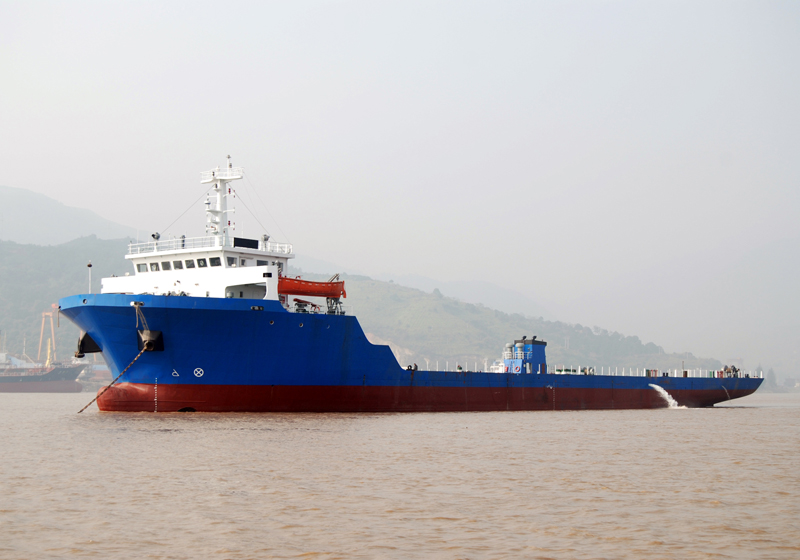

Hinterland transportation has so far become a source of enhanced competitiveness for a seaport, as it has become a source of accessibility to the port by shippers in receiving and sending their products, which has, without doubt, enhanced the performance of the port, especially in the container market.

Appropriate smaller cranes should also be invested in, to enhance the handling of the barges. The study concluded that the presence of sea vessels and the high priority given to these vessels are major causes of barge congestion in large seaports, hence the study recommends dedicated barge berthing spaces at each terminal. An impact assessment of each of the different scenarios was conducted to identify the most suitable that would address congestion and handling issues around container barging. In achieving these objectives, a quantitative methodological approach was adopted for the study in which agent-based modelling was developed to analyze the different scenarios developed in the study. It is due to these challenges that this study seeks to examine the reasons for barge congestion and poor handling to propose possible solutions to these problems. One of these challenges is the large waiting time of barges in large container seaports which has negatively impacted the reliability of barge transportation. Despite the significant importance, container barge transportation is faced with several challenges and inefficiencies. This is because it is Cost-efficient and environmental friendly compared to the other modes of transportation. Container Barging forms an important mode of transportation especially in large seaports with a strong inland waterway connectivity.


 0 kommentar(er)
0 kommentar(er)
